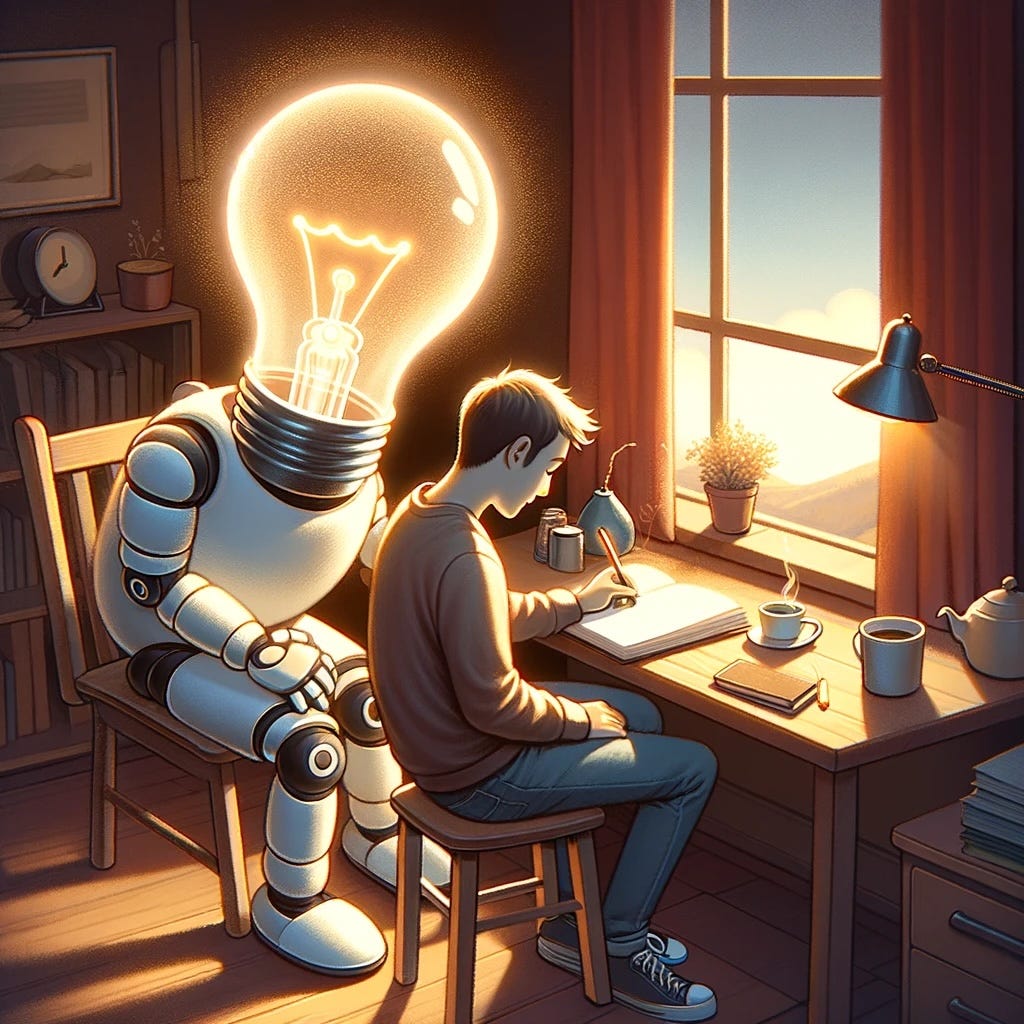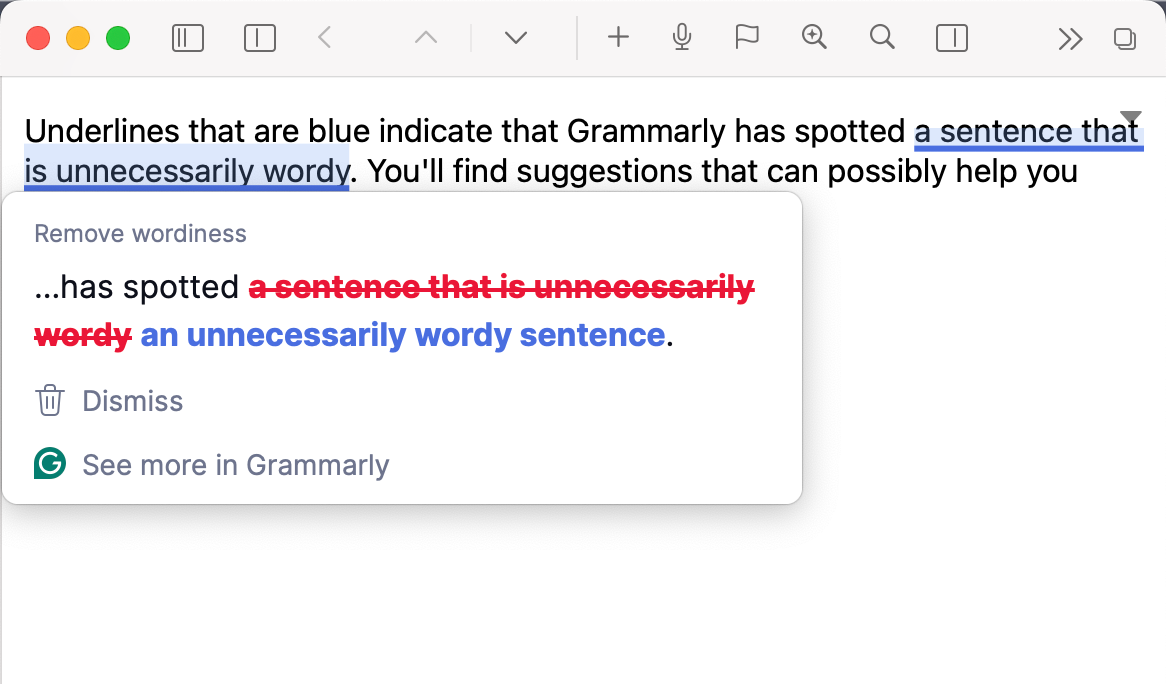Needs Before Tools: A Pragmatic Approach to AI Workflow Integration
Exploring the crucial step of identifying specific needs before selecting AI tools, ensuring technology serves as a solution, not just innovation.

Over a year and a half ago, I harbored deep skepticism as artificial intelligence emerged as a daily tool for society. My primary concern revolved around the fear that people would cease to think for themselves. The notion that our brains, like muscles, could atrophy without use was alarming. While impressive, my concern has been that the convenience of ChatGPT and other AI tools could threaten the essence of personal accountability and intellectual effort.
However, my perspective has undergone a significant transformation. I've come to view AI tools not as replacements for human thought but as invaluable aids that enhance our ability to explore, brainstorm, and create. From correcting grammar to facilitating communication across language barriers, AI has proven to be a powerful ally in the intellectual process.
As I gained more experience with AI, I became aware of a problem in my approach to it. In many ways, I have been testing tools, looking for a problem to solve, rather than the more important thing: defining problems and then finding the tools to solve those problems.
Let me share more about this.
Navigating the AI Landscape
The rapid proliferation of AI tools presents both a challenge and a question: Is it necessary to keep abreast of every new development? I've concluded that it isn't. Instead, the focus should be on identifying the problems we seek to solve with AI. Setting clear, well-defined goals can act as a catalyst, directing us toward meaningful engagement with technology.
For instance, breaking down a long-term goal into smaller, achievable objectives can clarify the path forward. This approach has helped me with my use of AI, guiding me towards tools that genuinely contribute to my objectives rather than distracting me with the latest trends.
A change in strategy
Let me expand on that. I found myself lost in the research of all the new AI tools. It is a fascinating domain, one that I enjoy researching. However, you can get so lost time-wise in learning and exploring these tools that it reaches a point where you have to stop and ask yourself if you are benefiting. In other words, am I getting real work done, and am I solving my life and work problems? The answer was that I spent much time learning and researching but not so much time doing real-world work.
Therefore, I changed my strategy:
Start with a well-defined problem or need. I need to clearly define some challenges I have in my life that I would like to simplify or improve.
With the "need" clearly defined, how can AI help with this?
Research and test the AI tools to solve the need.
Then, I put those identified helpful AI tools into use.
For example, I am a writer. I have been writing professionally for 25 years. While I enjoy the creative process, there are many tedious aspects of the writing process. So, for months now, I have been using AI to assist me. Please note that AI does not write for me; it helps me with the writing process. Let me walk through how I am solving the need to reduce the tedium of the technical aspects of writing and publishing while leaving more time for the creative part of writing.
My Human and AI writing Workflow
First, I start with a note in Obsidian, where I document what it is that I want to write about and some key topics. I like to think about my writing project concept for a while before I start writing. This “thinking” process leads to a number of ideas and usually a basic outline of my intended published work.
But once I'm ready, I open a tool called AudioPen. It's available at audiopen.ai. I can voice dictate the draft of my article in its very raw state from my mind into the computer. This audio dictation has all my ideas, my word whiskers, and even some things that don't make sense.
Then AudioPen uses AI to produce the first digital draft. I'm not letting AudioPen it rewrite everything I said, but having it tweak it so that all the randomness that gets included in these thoughts that come out verbally gets compiled into a logical set of thoughts. And that becomes my first draft. This article you're reading was first composed with audio from my outline from Obsidian into AudioPen, and AudioPen produced the first draft. Though it has changed significantly since that first draft. But that first draft saved a lot of time and was a good starting point for serious editing.

Once that draft is done, I move it into Obsidian, where then I continue doing my editing. This article took me another two hours of fine-tuning and reorganizing my thoughts.
Along the way, I will often use ChatGPT 4 with the browser integration feature to verify my references and verify some thoughts to make sure that what I'm talking about is truthful and accurate.
I'm also using Grammarly to do grammar checks, improve the overall style of my writing, and make corrections. I'll often feed the end article into ChatGPT and ask for recommendations on improving the style. Sometimes, ChatGPT helps me reduce the text where I'm saying and repeating too many things, and has even identified confusing sections of my written piece.
While Grammarly and ChatGPT have good suggestions for refining the text, they can make big mistakes. Sometimes, they also rob you of your personal style. So as I walk through the suggestions of these tools, I keep my brain turned on, thinking through each recommendation. From personal experience, for each article I write, Grammarly, three or four times, will recommend a sentence restructuring that changes the meaning, which is not good. So the lesson is no blind following of the AI; keep your brain on during the whole creative process.
Don't forget to check out some of my interesting projects at my:
The Human, the Author, Refines the Written Work
Once that article is done, I usually let it sit for a day or two and then return and reread it. After a day or two of not looking at the article, I come and read it as a reader, not as the author.
When I did this, it was as if I was seeing the article for the first time, seeing what it truly is with all its strengths and weaknesses.
Sadly, sometimes I even throw a piece away, because something that I wrote, after coming back to it, I see it is no good. It's not helpful. I don't enjoy reading it. Why would I force anyone else to read it? But often, I'm able to make edits that improve it further.
Review of My AI-Supported Writing Workflow
So in review, my creative writing process starts with an idea in my head, which I jot down into Obsidian. It goes through a process of meditation and refinement, and then I start using AI tools to get that initial draft in place. I do the edits myself, but I use tools to help me improve my grammar and word choice. I get feedback from ChatGPT as a brainstorming partner for the quality, but then I set it aside and come back later and review it as a human. I ask myself questions like: "Did I get something from this? Will my readers enjoy it?" After all this work, I'm ready to publish.
Going further with AI
But there is more to this AI story. After I've published the article, I go back to ChatGPT, ask it to read the article, and give me ten suggestions about potential tweets. ChatGPT loves to send out very marketing-like tweets, and I don't want that. I want to get ideas that I can tweet about from something I wrote and then refer people to that article. So I fine-tune the prompts until I get some really good tweet ideas, and then I take those tweet ideas, and again, I do lots of editing on them. And as always, I take those ideas and write the final tweets. I run them through Grammarly to do some cleanup. I use a tweeting tool called Typefully, which will also provide me with some AI tools for analyzing the text, making sure it fits into the tweets, adding some emoticons, and then scheduling the tweets.
Finally, I often use ChatGPT to generate artwork for the article, as is the case for this article. Here is the prompt I used for the image: “I want an image that shows a person writing, but having an AI friend as a creative and brainstorming partner. The AI should not look to technology or geeky.” This is not a brilliant prompt, but it got the job done. I’m not interested in completing a prompt engineering class for simple tasks. Keep it simple, don’t spend more time than you need, and move on to the next step to complete the writing project.
Reflection and Publication
The journey from idea to publication is iterative and reflective. Allowing a draft to rest before revisiting it with fresh eyes can reveal new insights and areas for improvement. This practice underscores the importance of human judgment in the creative process, ensuring that the final product resonates with readers on a meaningful level.
Additionally, leveraging AI for post-publication tasks, such as generating social media content, highlights the versatility of these tools in extending the reach and impact of written work.
AI is not the writer; I am. But AI can be a creative partner in taking out the tedium in writing. This article took me about 4 hours from start to finish, spread out over about three days. Without the AI tools, the process would take about 6 hours, and there would probably be a lot of spelling and grammar mistakes.
Conclusion: A Balanced Approach to AI
In conclusion, the journey with AI is less about the tools themselves and more about the problems they solve. Identifying clear objectives and selecting technologies that align with those goals can transform how we work, enabling greater creativity, efficiency, and impact. As we continue to explore the possibilities of AI, maintaining a balance between staying informed and focusing on real work is essential. This balanced approach ensures that we leverage technology to its fullest potential while maintaining our primary objectives.
Don't forget to check out some of my interesting projects at my:
Check out the best quick capture tool for iOS: Funnel.






I just can’t stop looking at your chart, man!!! Amazing!!!
yes I may do that. It depends of course on the level of knowledge I have, but often I want to confirm the concept before going to much further.